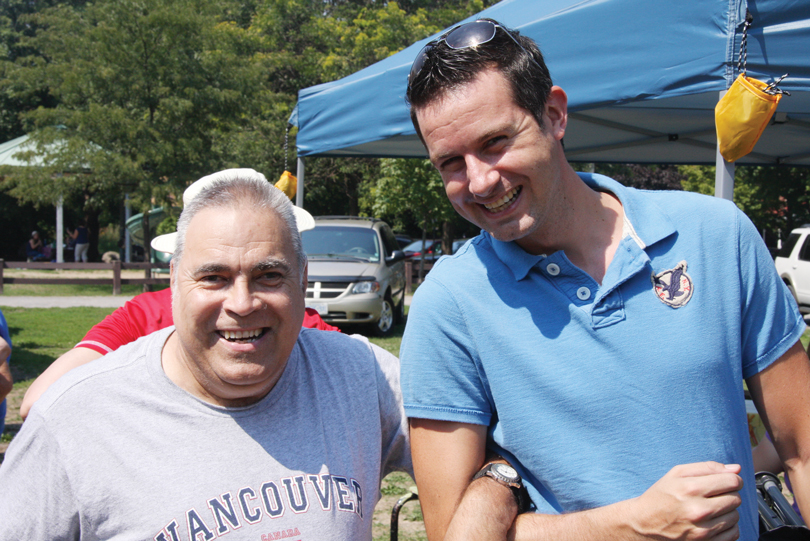By Alvin Tsang
ABLE2, the ‘small but powerful’ charitable organization that supports people across the disability spectrum, is preparing for this year’s Fetal Alcohol Spectrum Disorder (FASD) Awareness Walk.
The event will take place on Sept. 11, aligning with International FASD Awareness Day on Sept. 9 — the ninth day of the ninth month to represent the nine months of pregnancy. It will be a 0.9 km walk beginning in the ByWard Market and ending at City Hall. The popular Ottawa sign in the ByWard Market will be lit up to match the ABLE2 colours.
The awareness that Heather Lacey, executive director of ABLE2, wants to raise is the focus on people’s abilities, not their disabilities.
“We want people to take away the message that people with FASD have the ability to accomplish anything — their hopes and dreams and aspirations — and as a community, if we learn about this, we can empower people with FASD to live the life they choose,” Lacey said.
Four per cent of Canadians live with FASD, which amounts to approximately 1.5 million Canadians.
“Fetal Alcohol Spectrum Disorder (FASD) is a diagnostic term used to describe impacts on the brain and body of individuals prenatally exposed to alcohol. FASD is a lifelong disability,” ABLE2’s website states.
The awareness walk will celebrate all who have lived experience with FASD.
“It’s about creating community awareness,” Lacey said. “FASD is a pressing issue, and there is a pressing need to get the information out there.”
The event will be limited on the number of participants, depending on public health guidelines and what the vaccine levels are, but Lacey is hopeful for a fun and successful day where participants can raise a flag by the end of the walk to proclaim it FASD Awareness Day.
“We hope to see over 100 people there including families, friends, medical practitioners, caregivers, local program partners and media,” Lacey said.
In the weeks leading up to the event, work and preparation continues at ABLE2 (the organization is based locally at 312 Parkdale Ave.).

During the pandemic, ABLE2 had pivoted to an online program delivery model. All programs are now virtual, and what ABLE2 realized quickly when the pandemic began was that the people who needed its services didn’t always have access to the technology required or access to the internet.
One thing ABLE2 was able to do was organize campaigns to ask the community for help in providing funds. The funds went towards helping people in the ABLE2 programs get the technology and devices that they needed.
“We have raised $6,000 to provide iPads and phones and data plans to people, so they could access not only our services but other services virtually online,” Lacey said.
After the quick and successful pivot to online delivery, ABLE2 realized that its programs had opened up to a wider number of people. People in rural parts of the community who couldn’t access ABLE2 services before now could.
“We have partnerships with CHEO and organizations like the Kids Brain Health Network, Health Nexus, Children’s Aid Society of Ottawa and others, all in an effort to provide training,” Lacey said. “We build capacity in the community and provide services to children, youths and adults.”
In some of the larger ABLE2 virtual programs and symposiums, medical experts from all over the world are joining in.
“If there’s one good thing that came out of the pandemic, it was that we were able to reach more people,” Lacey said.
To learn more, visit able2.org
This article ran in the Giving section of the August 2021 edition of Kitchissippi Times.
